15 Must-Have Features for a Customer Support Chatbot


Online shoppers expect answers in seconds.
Delay their decision and you lose the sale. In fact, 70% abandon their carts if they don’t get support on time.
A well-designed AI chatbot helps customers in real time recommending products, resolving payment failures, tracking orders, and guiding them to the right purchase.
When implemented correctly, it increases conversions, lowers support load, and keeps customers from dropping off mid-purchase.
In this blog, you’ll learn:

A customer support chatbot is software that automatically responds to customer questions through text or voice interactions. It handles common issues quickly without the need of intervention of human agent.
It identifies exactly what customers mean when they ask questions. If a customer can’t pay at checkout, the chatbot immediately fixes the payment issue. If someone wants product suggestions based on their previous purchases, it proactively shows relevant options.
This direct understanding of customer needs helps businesses quickly resolve issues, improve sales conversions and build trust by consistently solving problems as they occur.
Businesses commonly use support chatbots across multiple channels including websites, messaging apps such as WhatsApp, Facebook Messenger or directly within mobile applications.
AI chatbots handle routine questions instantly, giving customers the information they need without delay.
Together, these benefits help your team work more efficiently, deliver better service, and keep support costs in check.

Choosing the right customer support chatbot can greatly improve customer satisfaction and help your business run more smoothly. Here are 15 key features to look for that will boost both customer experience and efficiency:
A complete AI suite combines chatbots, AI helpdesk, and autonomous AI agents. This integration enables your team to handle everything from basic queries to complex tasks within a single system, improving efficiency and customer satisfaction.
Chatbot creation shouldn’t depend on technical expertise. A no-code AI builder allows your business teams—marketing, sales, and support to quickly deploy customised bots. This means faster implementation and reduced operational costs.
Customers communicate via multiple channels, including WhatsApp, Telegram, Messenger, and Slack. Omni-channel integration ensures your chatbot delivers consistent and timely support, enhancing the customer experience across all touchpoints.
Accuracy in responses depends on training data. Chatbots trained on diverse data sources—FAQs, previous interactions, databases, and internal knowledge bases—offer precise answers. This builds customer trust and satisfaction.
Managing complex interactions clearly is crucial. Sequential agents effectively handle multi-step conversations like technical support, detailed bookings, or multi-stage sales processes, ensuring consistent and clear customer interactions.
Immediate responses improve customer satisfaction. AI-first chat support ensures instant replies anytime, significantly reducing wait times and allowing your team to focus on critical issues requiring human intervention.
Complex customer issues require human involvement. Smooth human handoff transfers conversations effortlessly from chatbot to support staff, ensuring customers receive timely, personalised attention without repetitive explanations.
Customer needs continuously change. Self-learning AI automatically analyses interactions and customer feedback. This ensures your AI chatbot remains accurate, relevant, and continually improving without extra manual input.
Clear analytics highlight chatbot performance and areas for improvement. Detailed insights into conversations, resolution rates, and satisfaction scores help your team identify actionable improvements and demonstrate business impact.
Proactively engaging customers can recover lost opportunities. Engage features initiate helpful interactions based on customer actions, like reminding users about abandoned carts or addressing issues before they escalate.
Brand consistency builds trust. Custom branding allows full alignment of chatbot visuals and voice with your brand identity, increasing customer trust and engagement.
Voice interaction adds convenience. Voice-enabled chatbots allow customers to interact naturally using speech, ideal for tasks like appointment bookings, order inquiries, or hands-free assistance.
Providing outdated information harms trust. Auto reindexing ensures the chatbot’s knowledge base stays updated regularly with the latest product details and FAQs, ensuring accurate and reliable responses.
Global customers expect localised support. Multilingual chatbots communicate naturally in over 100 languages, enabling effective global customer service and ensuring clear communication worldwide.
Protecting customer data is critical. Choose a chatbot with robust security measures, including encryption, strict access controls, and compliance audits. This protects sensitive information and maintains customer trust.

When choosing a chatbot platform, it’s important to evaluate it carefully to ensure it meets your specific business requirements. Use these key criteria to guide your evaluation:
Start by clearly defining your goals. Consider whether the chatbot aligns with your industry requirements, scale, and business objectives. Prioritise platforms specifically designed for your business type and customer interactions.
Assess the platform’s user-friendliness. Your team should find the chatbot easy to set up, manage, and update. Prioritise solutions offering intuitive interfaces and straightforward management tools to avoid unnecessary complexity.
Evaluate how customisable the platform is. It should adapt easily to your brand identity, customer interaction style, and unique business processes. Look for chatbots that offer flexible configuration options and allow seamless customisation.
Ensure the chatbot integrates smoothly with your existing systems like CRM, helpdesk, marketing automation tools, and analytics software. Robust integrations help streamline processes, improve efficiency, and deliver unified customer experiences.
Assess platform stability and performance. The chatbot should handle high traffic volumes without performance issues. Choose a solution known for reliability, quick response times, and the ability to scale with your business growth.
Research the vendor’s reputation thoroughly. Consider customer reviews, case studies, and industry recognition. Confirm the vendor provides strong customer support, regular updates, and timely assistance for troubleshooting and ongoing maintenance.
Instead of just looking at pricing, consider the value and results the chatbot platform brings to your business. Understand clearly what you’ll pay in total, including setup fees, licenses, maintenance costs, and other charges. Focus on platforms that clearly show how they’ll boost your business through better customer service, increased efficiency, and higher sales.
Using these evaluation criteria helps you select a chatbot platform that fits your business needs, ensuring long-term value and sustained customer satisfaction.
To measure the performance of your chatbot, track these key metrics:
Measure how effectively your chatbot resolves customer queries without human intervention. A high resolution rate indicates accurate and helpful automated responses.
Regularly collect feedback from customers after chatbot interactions. High CSAT scores confirm customers find the chatbot helpful and satisfactory.
Track the chatbot’s response speed. Faster response times typically enhance customer satisfaction and retention.
Evaluate how actively customers interact with your chatbot. High engagement rates suggest the chatbot successfully meets customer needs and delivers valuable interactions.
Monitor how frequently the chatbot needs to escalate queries to human agents. A lower escalation rate indicates a chatbot is effectively handling more queries independently.
If your chatbot supports sales or lead generation, measure how many interactions result in successful conversions or sales. Higher conversion rates demonstrate tangible business value.
Calculate the financial benefits versus the total costs of implementing and maintaining your chatbot. Positive ROI indicates your chatbot adds measurable value to your business. (Calculate AI ROI).
Regularly reviewing these metrics helps continually improve your chatbot’s performance, ensuring it consistently delivers maximum value to your business.
A well-designed chatbot turns routine questions into fast, reliable answers and frees your team for higher-value work. Choose a platform with the 15 essential features outlined here, then automate your top ticket types and enable multilingual support to serve every customer. Track response time, deflection rate, and CSAT to know exactly where to improve.
Use YourGPT’s no-code builder to launch your bot in hours, not weeks. Each week, review any unanswered queries, tweak one conversation flow, and update your linked knowledge base as products change. Over time, you’ll cut support costs, boost agent focus on complex issues, and give every customer a consistent, personalised experience. Start now to make your support a true growth driver.
YourGPT includes every feature you just saw—no code, trained on your data, ready for production. Go live today and cut ticket load instantly.
No credit card • 7 days full access
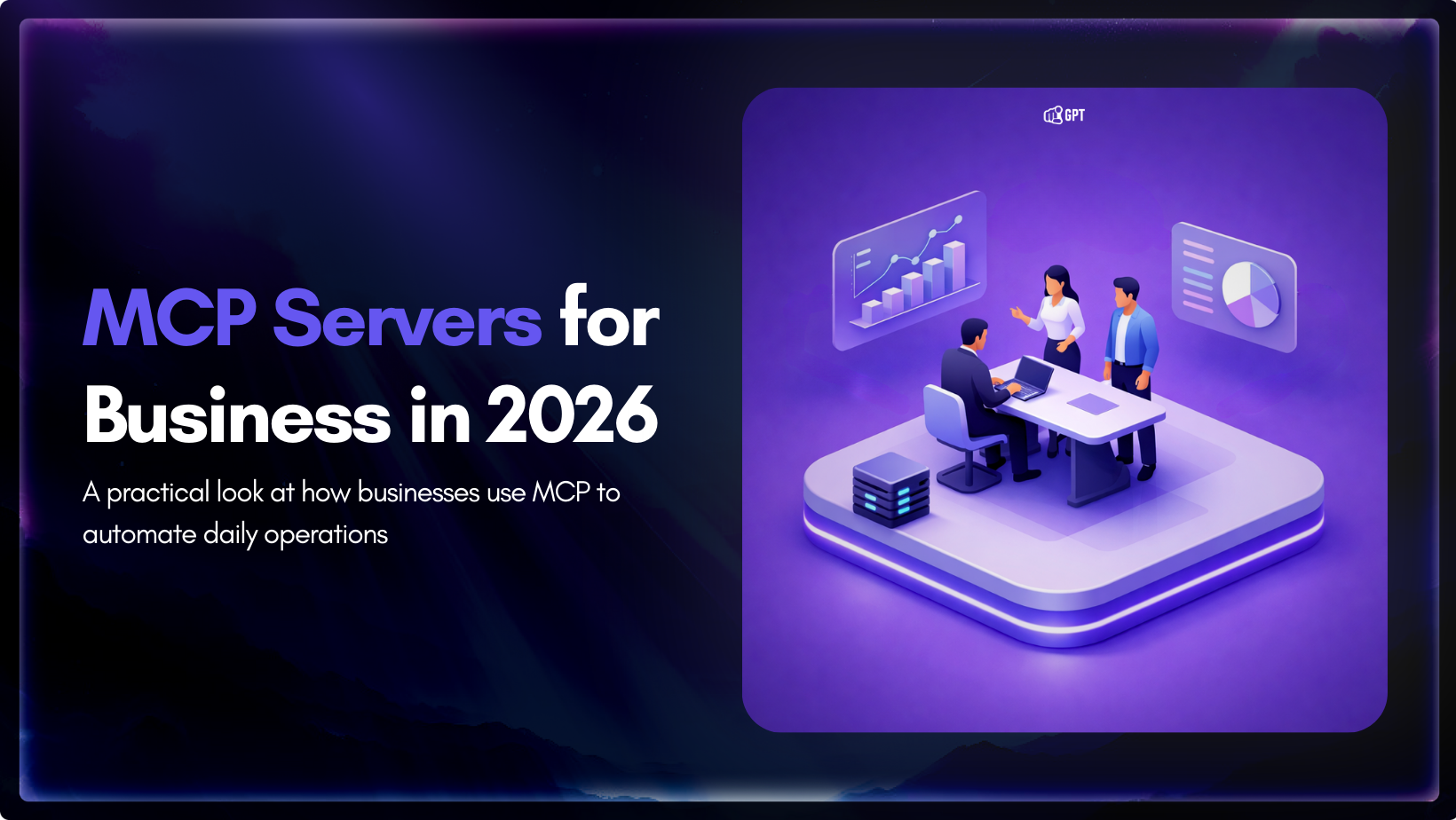
Growth-focused teams move faster when their tools work together instead of competing for attention. Modern development depends on multiple systems to ship code, review changes, monitor services, and access data. Each system serves a purpose, but routine work often means moving between dashboards, scripts, and internal tools. These small transitions shape how consistently a team […]

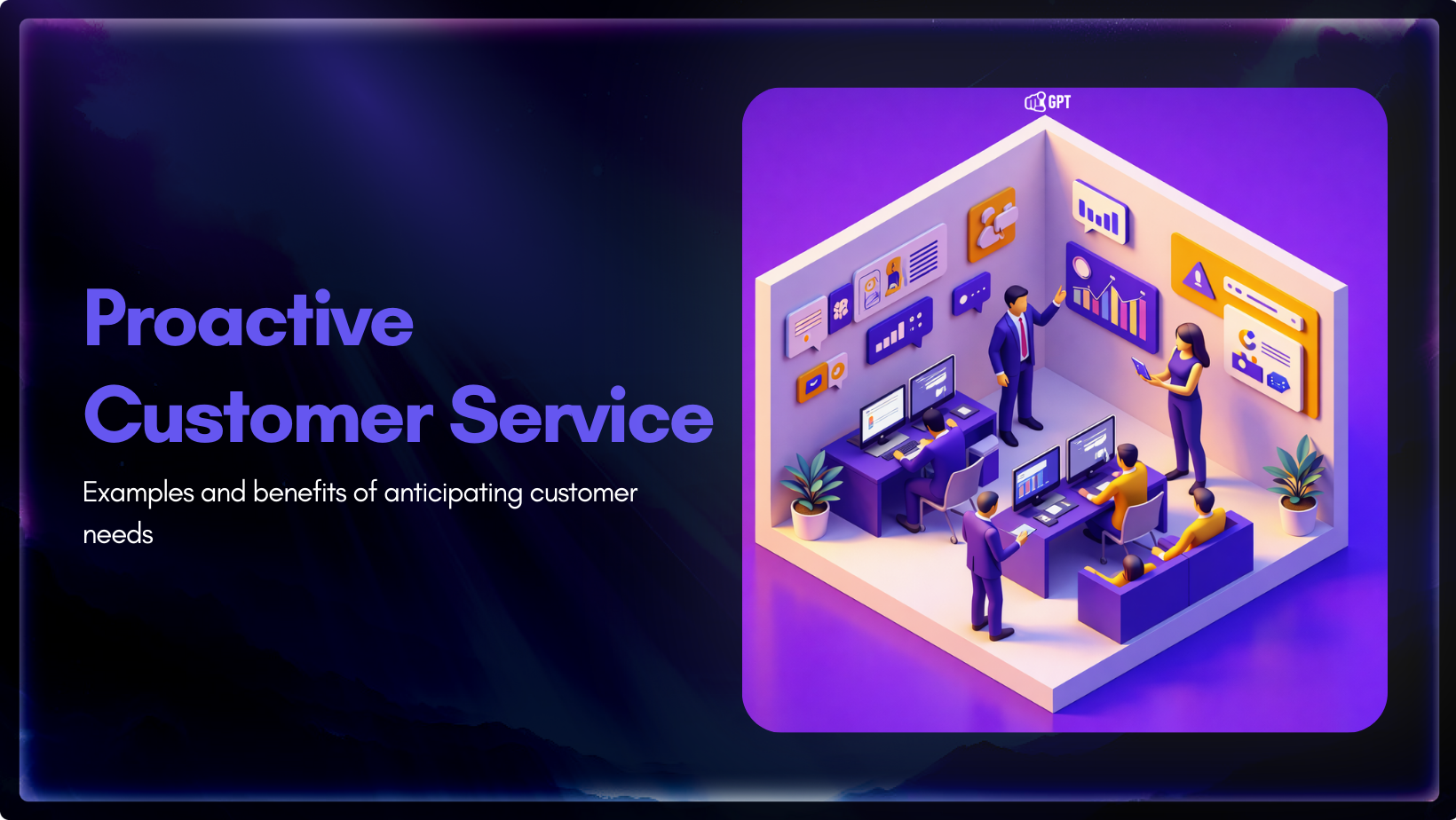
Most customer service moments begin long before a ticket is created. Something feels off. A payment does not go through. A delivery update stops moving. A user gets stuck at the same step and tries again. Customers usually pause, check, retry, and wait before they decide to ask for help. Proactive customer service works inside […]

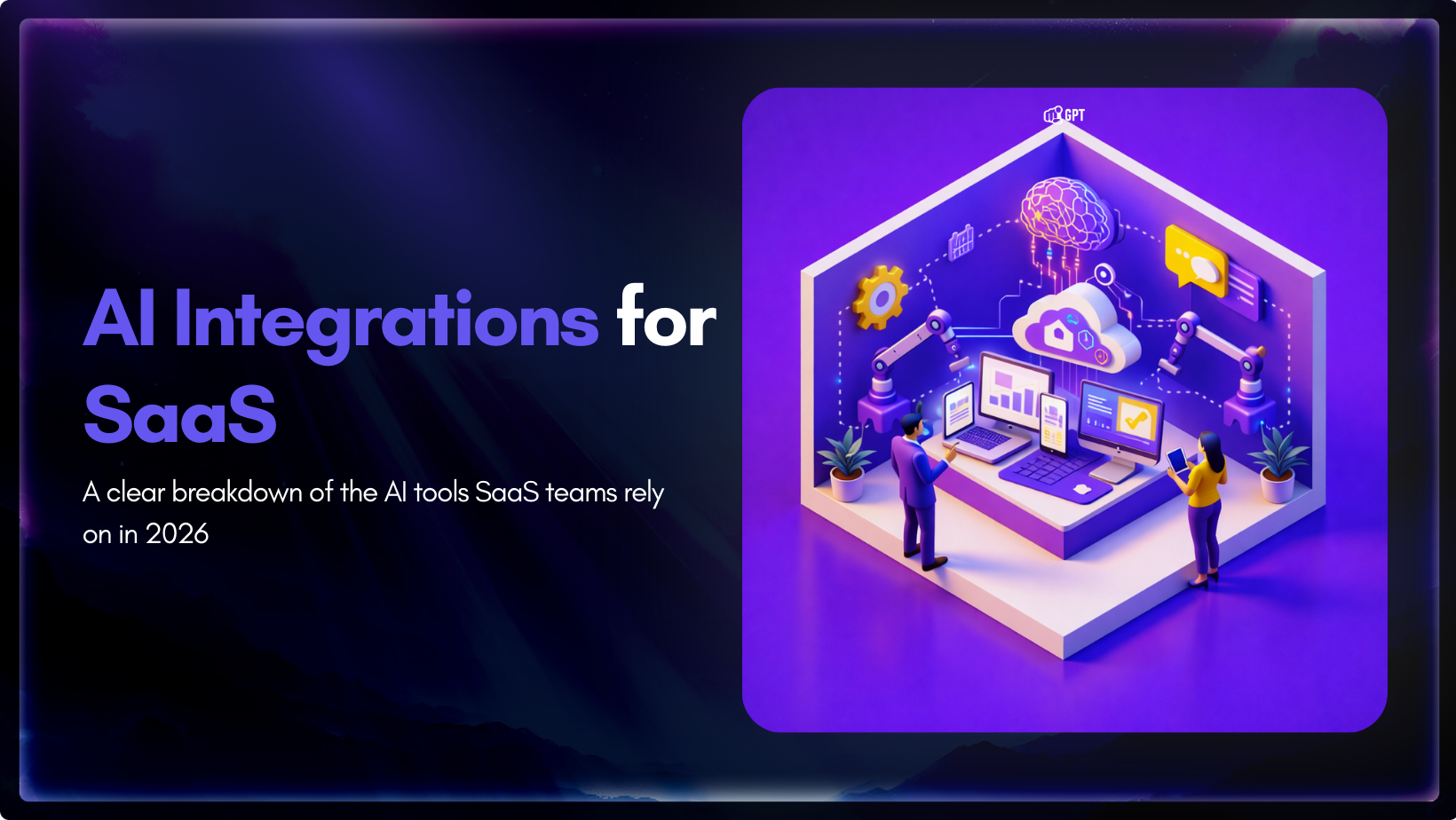
AI has become a core part of how modern SaaS products are built and delivered. In 2026, customers expect intelligent assistance to be available throughout their journey, from onboarding and everyday product usage to support and account management. Inside SaaS teams, AI is increasingly used to speed up workflows, reduce repetitive tasks, and improve how […]

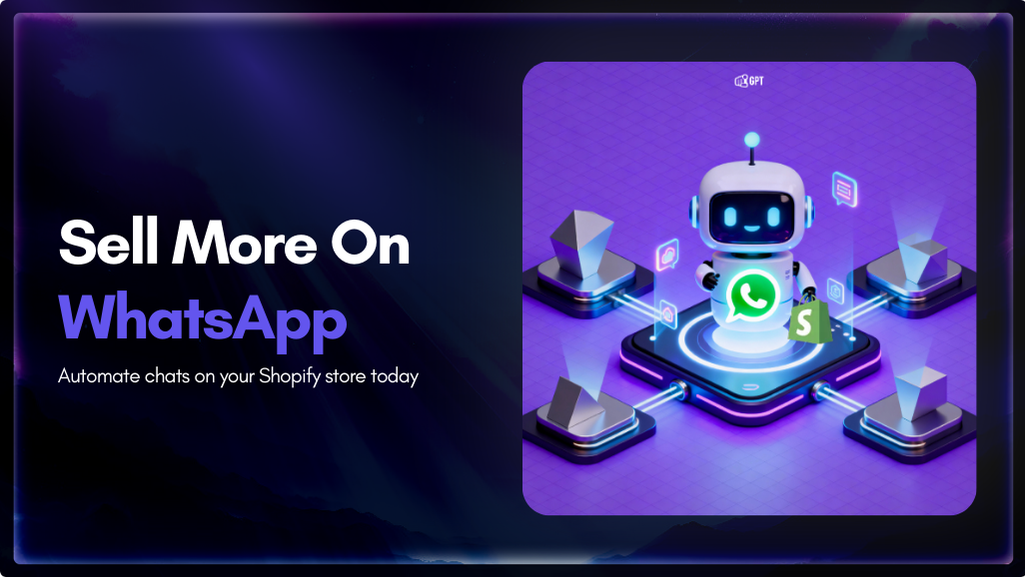
Shopify stores often use a chatbot on their website to handle product questions, order updates, and support. But customers also message on WhatsApp expecting the same quick answers. Most of them already use WhatsApp throughout the day, so reaching out there feels natural. A chatbot that works across both channels responds in seconds, guides purchase […]

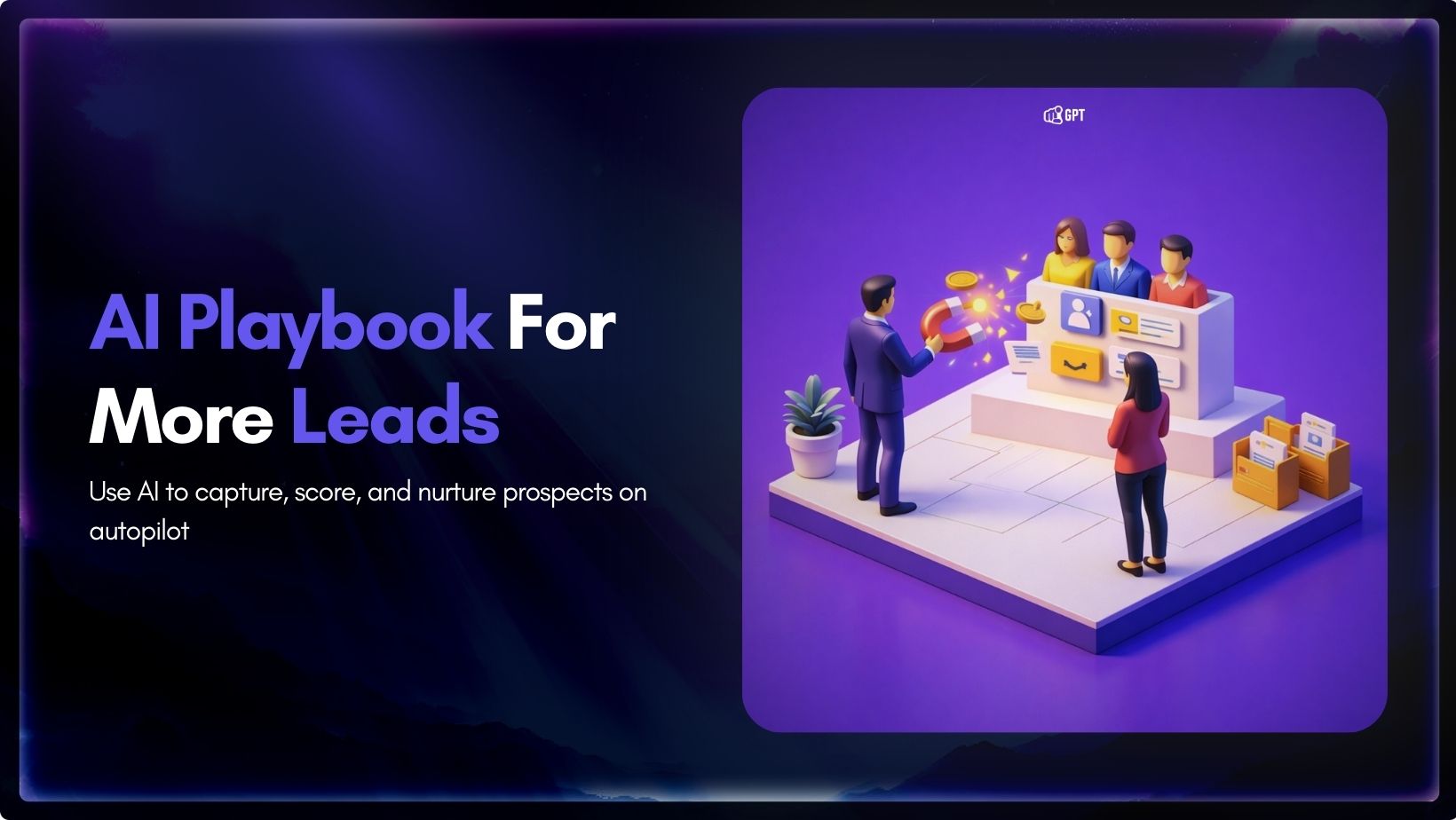
Most businesses do not struggle to generate leads. They struggle to know which ones are worth acting on. Forms get filled, DMs arrive, emails are opened, and chats happen across multiple tools. Some prospects convert. Most do not. The real problem is that there is no reliable way to tell, early enough, which signals actually […]

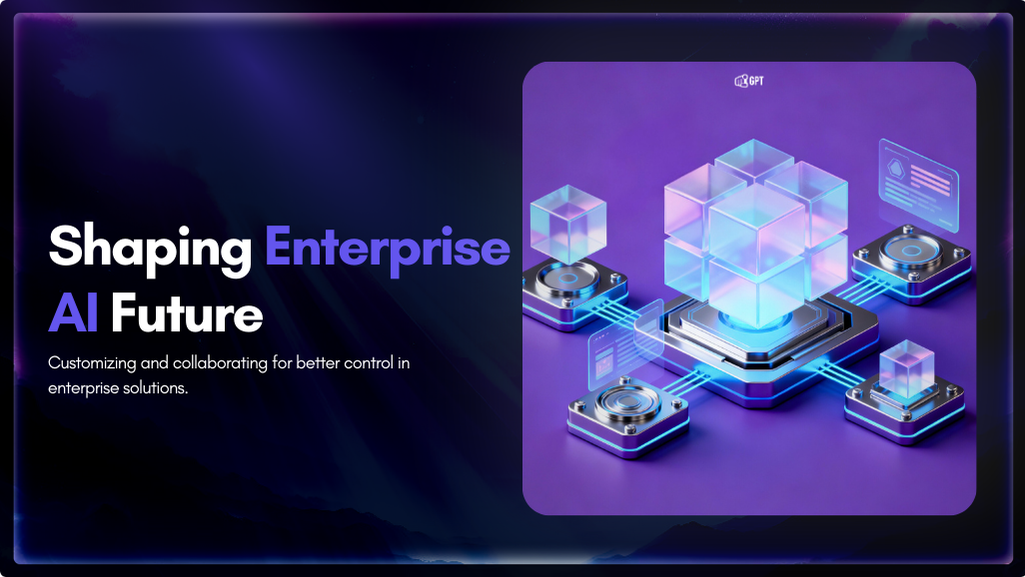
Artificial Intelligence has advanced quickly over the past five years, moving from an experiment to a standard component of modern business. AI has become a central part of enterprise strategy. 88% of organizations are now using AI. This figure has increased from 78% the year before. This transformation is reshaping how companies run, communicate, and […]
